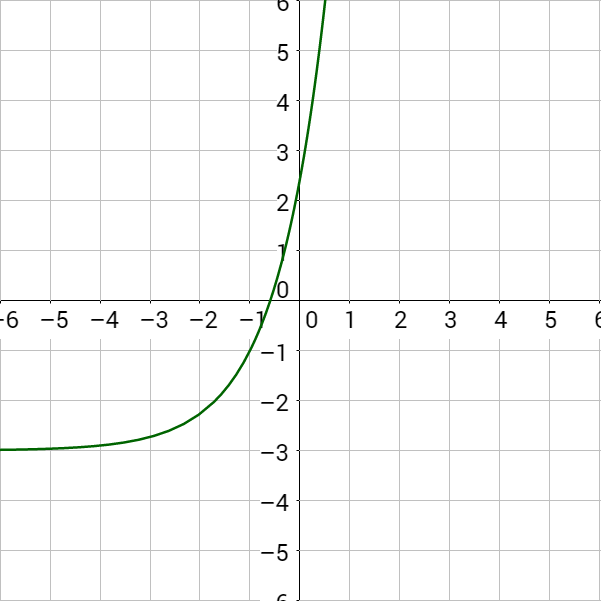Precalculus by Richard Wright
Precalculus by Richard Wright
Dear children, let us not love with words or speech but with actions and in truth. 1 John 3:18 NIV
Summary: In this section, you will:
SDA NAD Content Standards (2018): PC.4.1, PC.5.3

The trumpeter in the picture is testing his instrument before performing a ceremonial fanfare for former President Gerald Ford by Air Force One in Palm Springs, California. The trumpet player's loudness is about 80 dB while the airplane behind him is about 140 dB when it is taking off. Decibels operate on a logarithmic scale with a base of 10. That means the airplane's sound is 106 times as intense as the trumpet.
Lesson 3-01 dealt with exponential functions. To undo exponential functions, or to do the opposite of an exponential function, an inverse is needed. The inverse of an exponential function with base b is logarithmic function with base b.
y = logb x if and only if x = by
where x > 0, b > 0, and b ≠ 1.
A logarithmic function with base b is written as
f(x) = logb x
and read as
"log base b of x"
y = logb x
and
x = by
are equivalent. Notice that in the second equation, y is the exponent. That means that in the first equation, y is also an exponent. So, logarithms are exponents.
Solution
Answers
To evaluate logarithms, you need to find what exponent of b will equal x.
If the logarithmic function is in the form
f(x) = logb x
Find which exponent on b equals x.
Evaluate
Solution
Evaluate
Answers
a. 2; b. −3
There are two special logarithms that are commonly used in real-world applications. The first is the logarithm base 10 called the common log. The common log is written without the base like y = log x. The second is the logarithm base e called the natural log written as y = ln x. Both of these logarithms are on most scientific and graphing calculators. Most scientific and many graphing calculators only have these two logarithms on them and cannot calculate other logarithm bases without using properties that will be introduced in a later lesson.
Evaluate
Solution
On a TI-84 calculator, type « Â ¤ Í. It equals 0.477.
On a NumWorks calculator, type g 3 ) X. It equals 0.477.
On a TI-84 calculator, type « À Ê ¤ Í. It equals 1. This makes sense because the base is 10 and logarithms equal the exponents. Since 101 = 10, the answer is 1.
On a NumWorks calculator, type g 1 0 ) X. It equals 1.
On a TI-84 calculator, type µ À ¤ Í. It equals 0. This is reasonable because the base is e, and e0 = 1. Since logarithms are the exponents, the answer is 0.
On a NumWorks calculator, type l 1 ) X. It equals 0.
On a TI-84 calculator, type µ y J Â ~ ¤ Í. It equals 3. This is because if it is written as an exponential, it is e3 = ey. So y = 3 and that is the answer.
On a NumWorks calculator, type l e 3 R ) X. It equals 3.
Evaluate
Answers
a. −0.693; b. 2
The preceding example demonstrates some properties of logarithms.
Simplify
Solution
Simplify
Answers
a. 0, b. 15
Decibels are units used to the describe loudness of sound. For every 3 dB increase in decibels, the sound intensity is doubled. For every 10 dB increase in decibels, the sound loudness is doubled. The formula for calculating decibels is
where I is the intensity, I0 is usually the threshold of hearing, or 10−12 W/m2, and β is the decibel level.
A loud rock concert can cause your ears to physically hurt and can cause permanent damage. If the intensity level is 1 W/m2, what is the decibel level of the rock concert?
Solution
I is 1 W/m2 and I0 is 10−12 W/m2. Fill these into the decibel formula and simplify.
A loud rock concert is about 120 dB and can cause pain and permanent hearing loss.
y = logb x if and only if x = by
where x > 0, b > 0, and b ≠ 1.
A logarithmic function with base b is written as
f(x) = logb x
and read as
"log base b of x"
If the logarithmic function is in the form
f(x) = logb x
Find which exponent on b equals x.
Helpful videos about this lesson.
